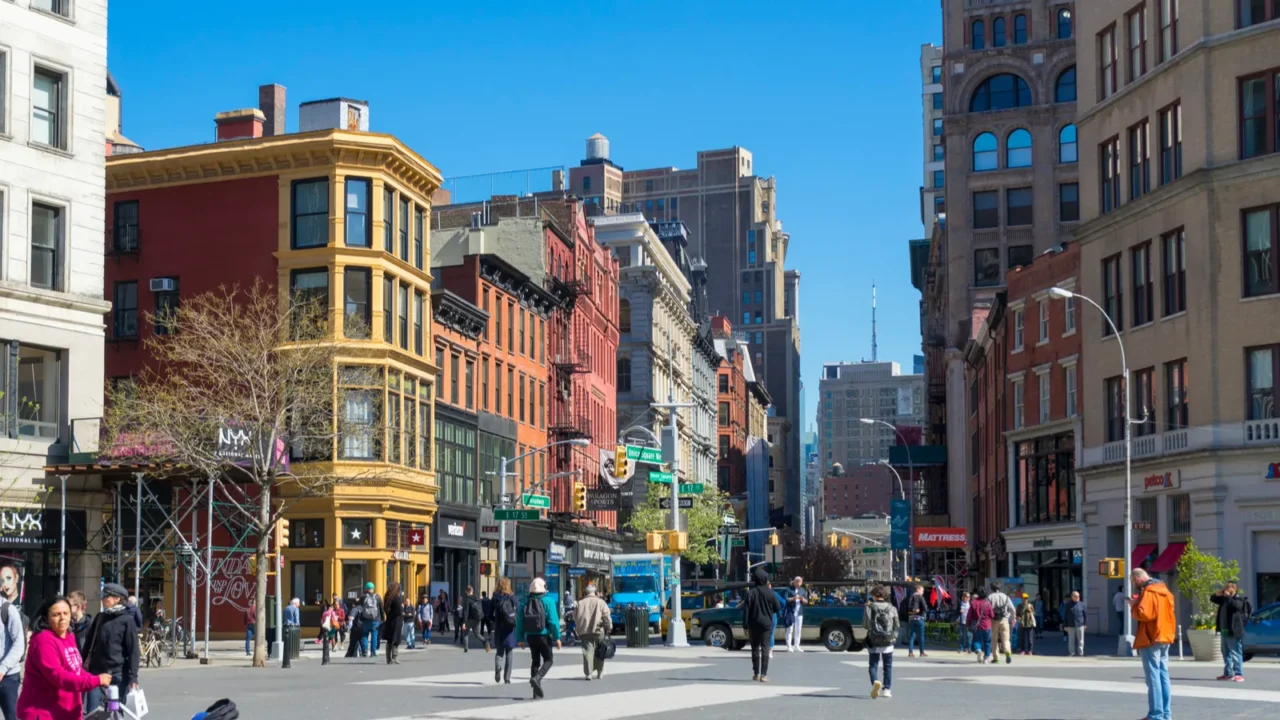
Stories woven into streets
In every city lies a corner where time stands still, and stories breathe through bricks. These are America’s oldest neighborhoods that are living archives that hold echoes of laughter, trade, and transformation. Here, houses speak, cobblestones remember, and residents carry legacies across centuries.
This journey explores those neighborhoods that survived fires, wars, and modernization, not as relics but as homes. Step into places where every window, balcony, and lane holds a pulse of the past, still alive today.
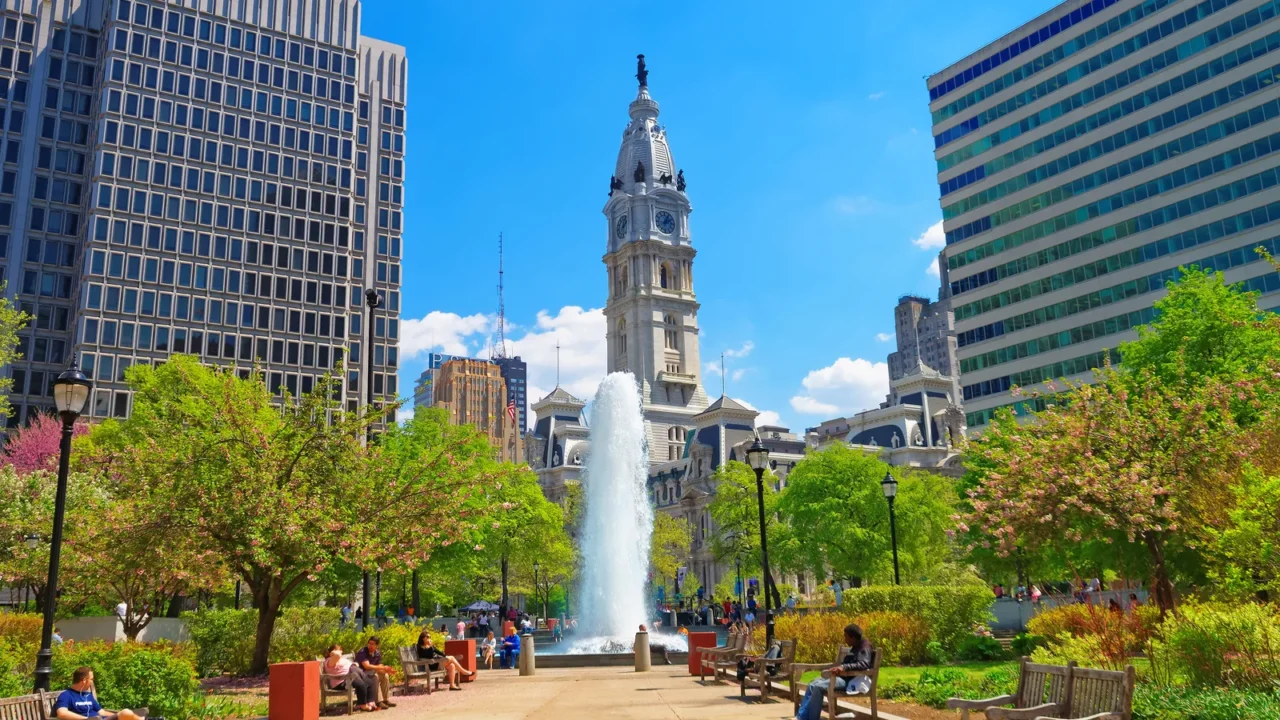
Elfreth’s Alley, Philadelphia
Elfreth’s Alley, dating to around 1703, is America’s oldest continuously inhabited residential street. Thirty-two brick rowhouses line its narrow path, once home to blacksmiths, artisans, and shipbuilders.
The street’s preservation began in the 1930s, turning it into a symbol of Philadelphia’s working-class resilience. Today, residents still live there, blending old craftsmanship with modern life. Guided tours and seasonal events invite visitors to walk through 300 years of American history.
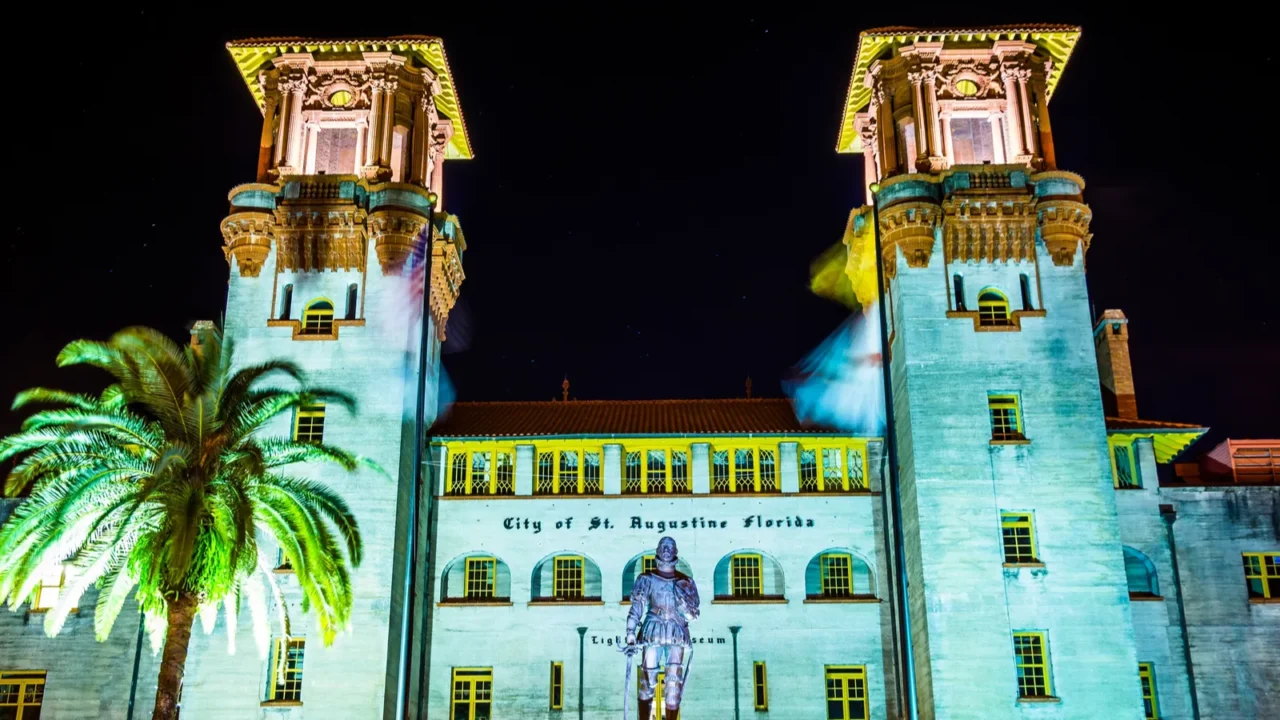
St. Augustine, Florida Charm
Founded in 1565, St. Augustine is the oldest continuously occupied European settlement in the continental United States. Its streets follow Spanish colonial design, built with native coquina stone.
Landmarks like the Castillo de San Marcos and González-Álvarez House trace the town’s evolution through Spanish, British, and American hands. Between old plazas and quiet courtyards, the scent of sea salt and history lingers. Here, centuries blend effortlessly into everyday life.
Beacon Hill, Boston Elegance
Beacon Hill’s gas-lit streets and brick sidewalks showcase refined Federal and Greek Revival architecture from the late 1700s. Behind elegant facades lie tales of Boston’s early elite, abolitionists, and artists.
Every corner whispers sophistication and secrecy from hidden gardens to iron railings polished by generations. This neighborhood remains one of the most photographed in Boston, where candlelight dinners still glow in windows framed by the same stones that saw America’s birth.
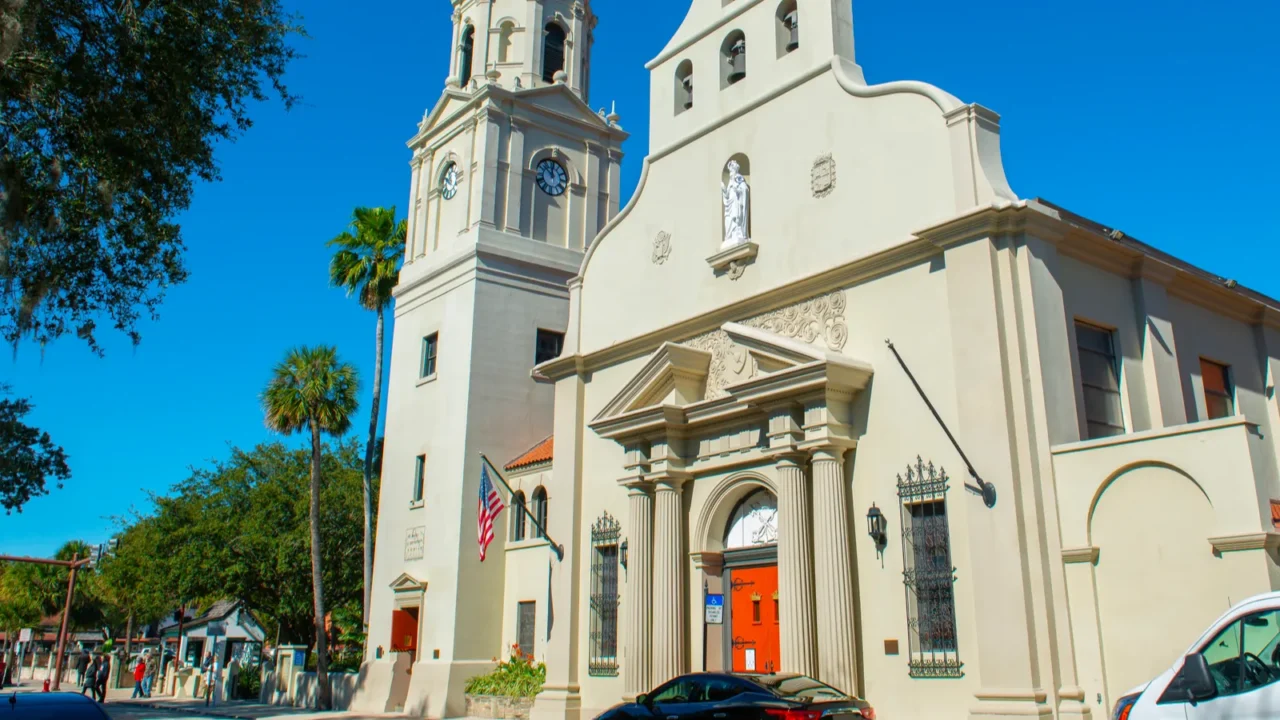
Lincolnville’s Soulful revival
Lincolnville, founded by freed African Americans after the Civil War, lies just southwest of old St. Augustine. Once neglected, it now thrives with art, music, and heritage festivals.
Historic churches, small cafés, and porch concerts preserve its powerful spirit. Locals call it “the heartbeat of freedom.” Visitors find more than old houses, they discover living testimony of resilience, culture, and the unbroken rhythm of community life.
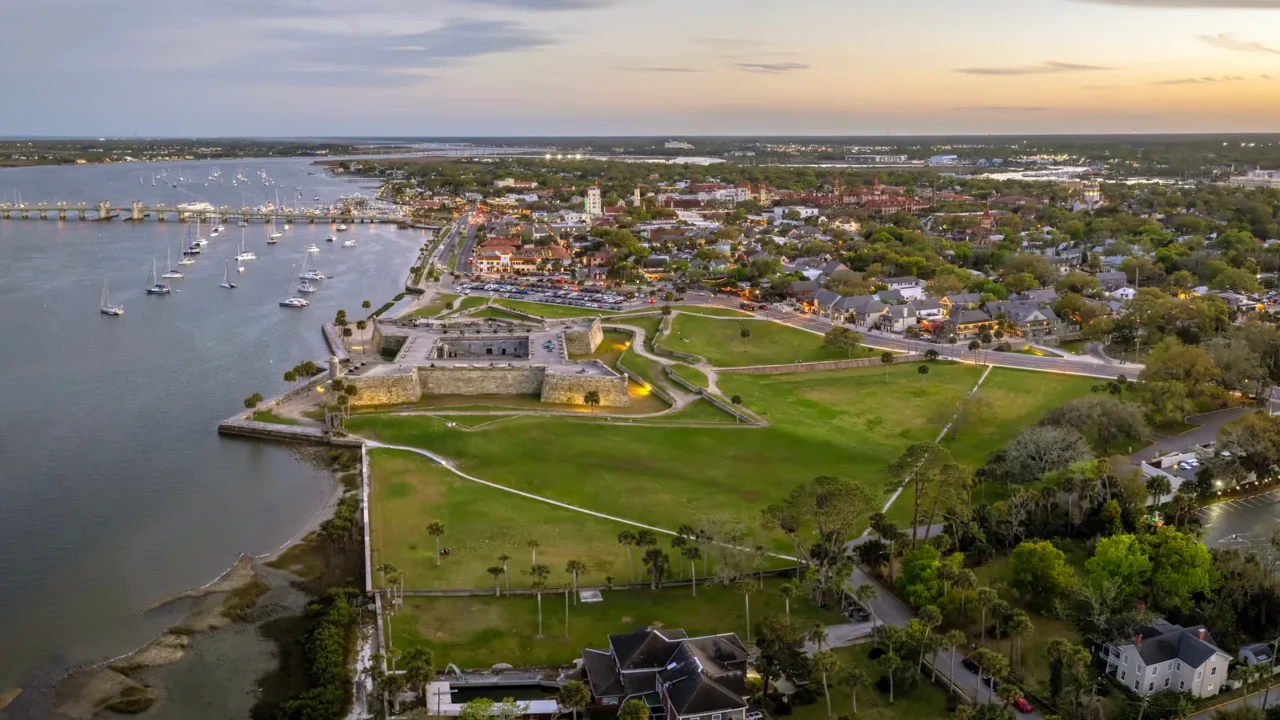
Old City South legacy
Old City South in St. Augustine claims to be the oldest residential district in America. Though early buildings burned, the street layout remains from the 1500s.
Here, Spanish colonial planning survives in narrow alleys and ancient well sites. Residents still live within this framework of history, balancing preservation and progress. Walking its quiet streets feels like reading an open diary of centuries-old resilience.
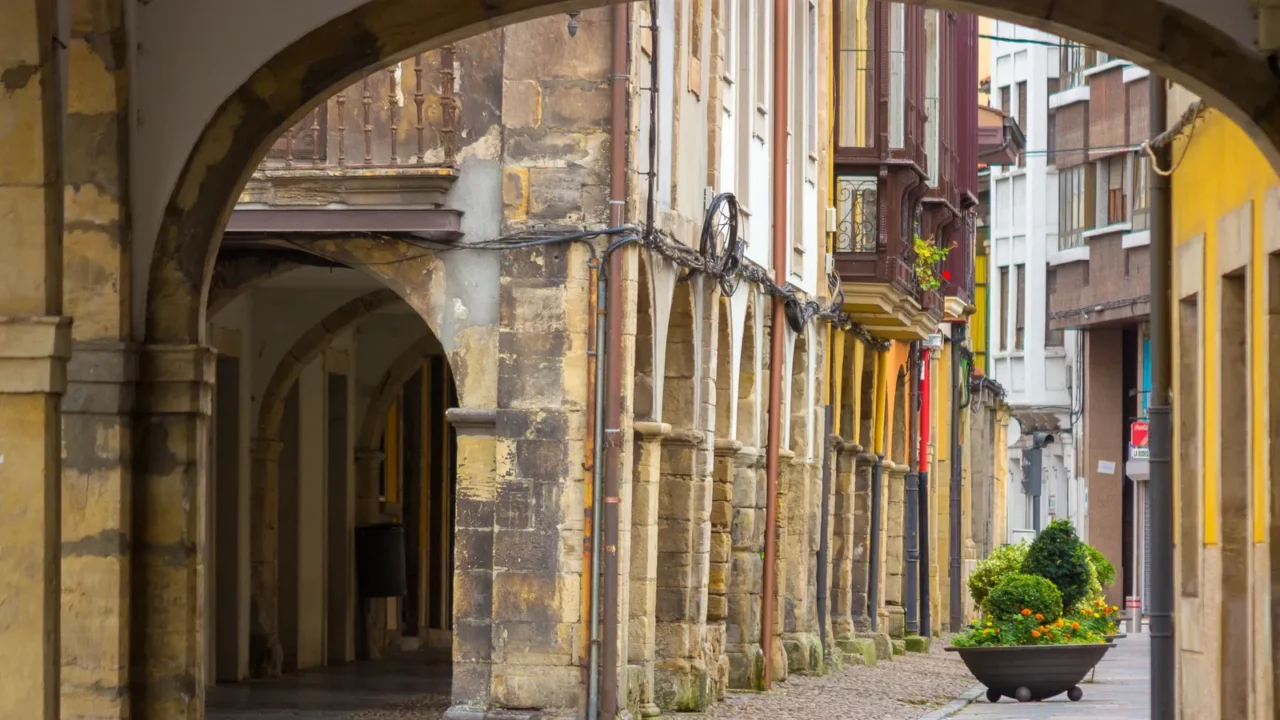
Aviles Street, Timekeeper Lane
Aviles Street, often called the oldest street in the United States, has roots in the 16th century. Once home to a hospital and boarding houses, it’s now a hub for art and culture.
Local galleries and cafés spill onto cobblestone sidewalks, where the sound of guitars replaces wagon wheels. The street’s uneven stones still carry the weight of stories once lost, now retold through color, creativity, and community spirit.
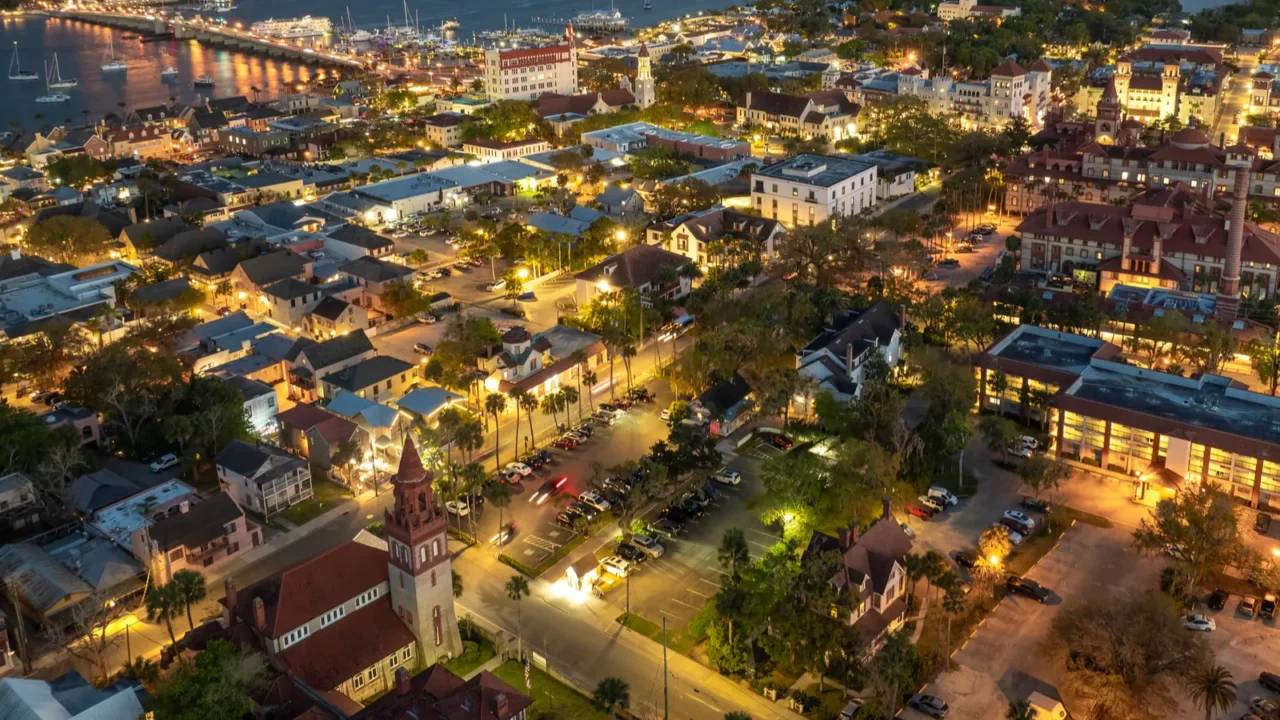
The Gonzalez-Alvarez house
Built around 1723, the González-Álvarez House, also known as The Oldest House, embodies centuries of colonial life. Its coquina walls and wooden upper floor show adaptation to heat and hurricanes.
Inside, each room reveals layers of Spanish, British, and American influence. Furniture, tools, and diaries recreate how families lived through wars, storms, and cultural shifts. It’s not just a museum—it’s a living memory preserved in stone and timber.
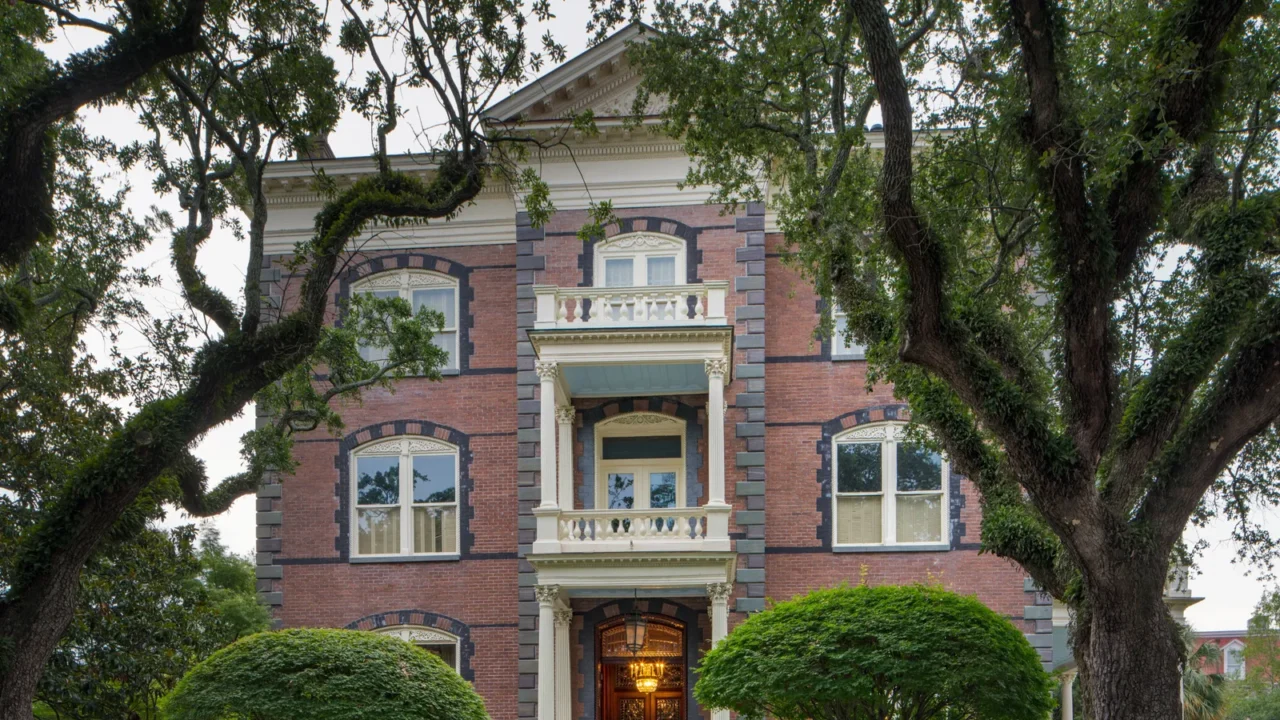
Stories etched in architecture
Architecture is storytelling in brick and mortar. In these neighborhoods, every balcony, window, and doorframe tells how people lived, loved, and worked.
Coquina walls in Florida whisper of Spanish urgency. Brick rowhouses in Philadelphia speak of merchants and craftsmen. Boston’s polished brass door knockers remember colonial refinement. Time reshapes the walls, but meaning endures. Look close enough and you’ll see generations carved into every surface, proof that the human story never fades.
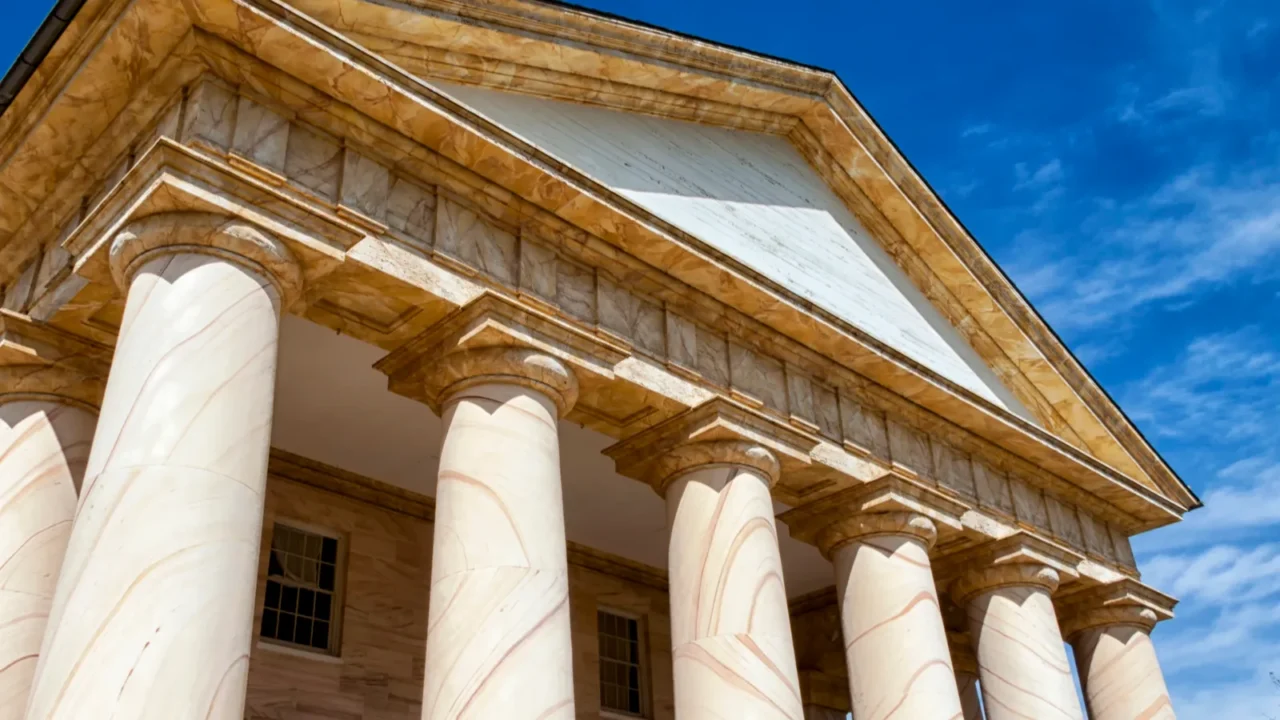
People who made history
Behind every preserved building are the people who shaped it, freed slaves building homes, sailors returning from voyages, and artisans crafting futures in narrow streets.
Today, descendants still walk those same paths, joined by newcomers drawn to history’s rhythm. Local museums, oral histories, and porch talks keep their legacy alive. In these neighborhoods, humanity is the constant heartbeat that bridges centuries.
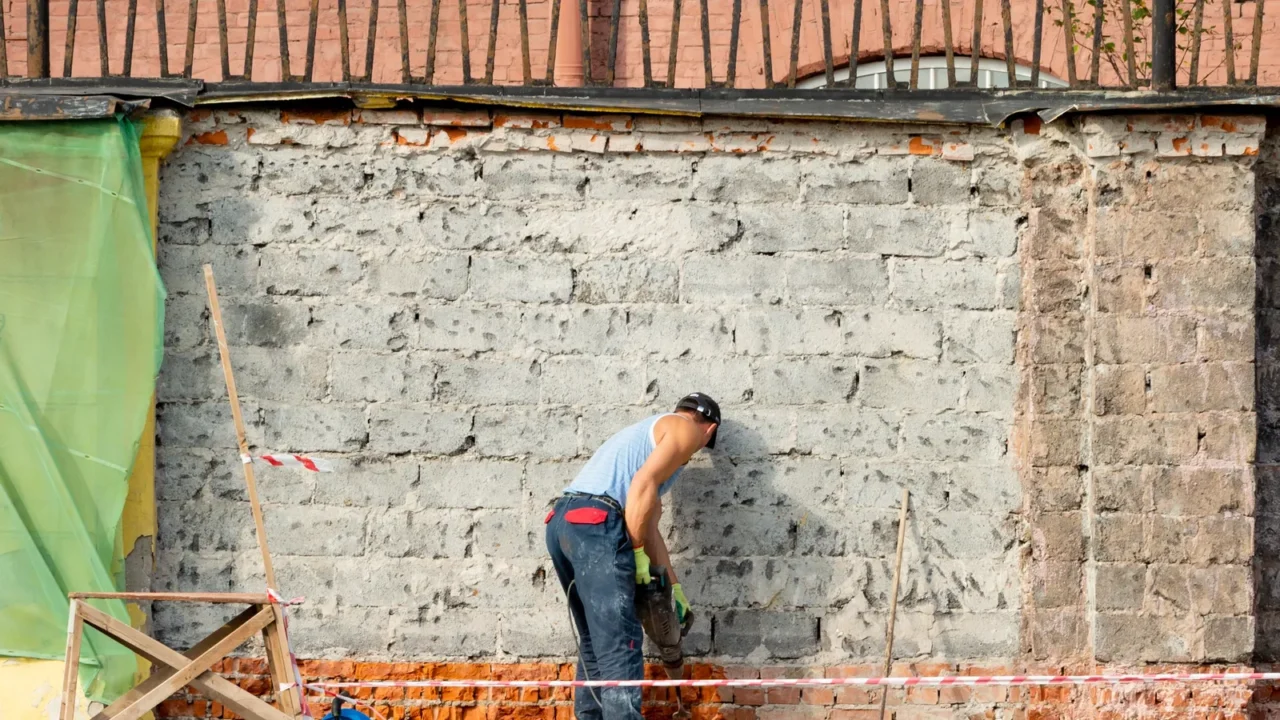
Holding on through change
Centuries-old districts face constant threats like climate change, real estate pressure, and modernization. Flooding, rising costs, and tourism test their endurance.
Yet communities fight back through historic registries, preservation laws, and education. Restoration efforts use original materials, and local artists fund heritage projects. The struggle is not just about saving buildings, it’s about saving identity, memory, and belonging.
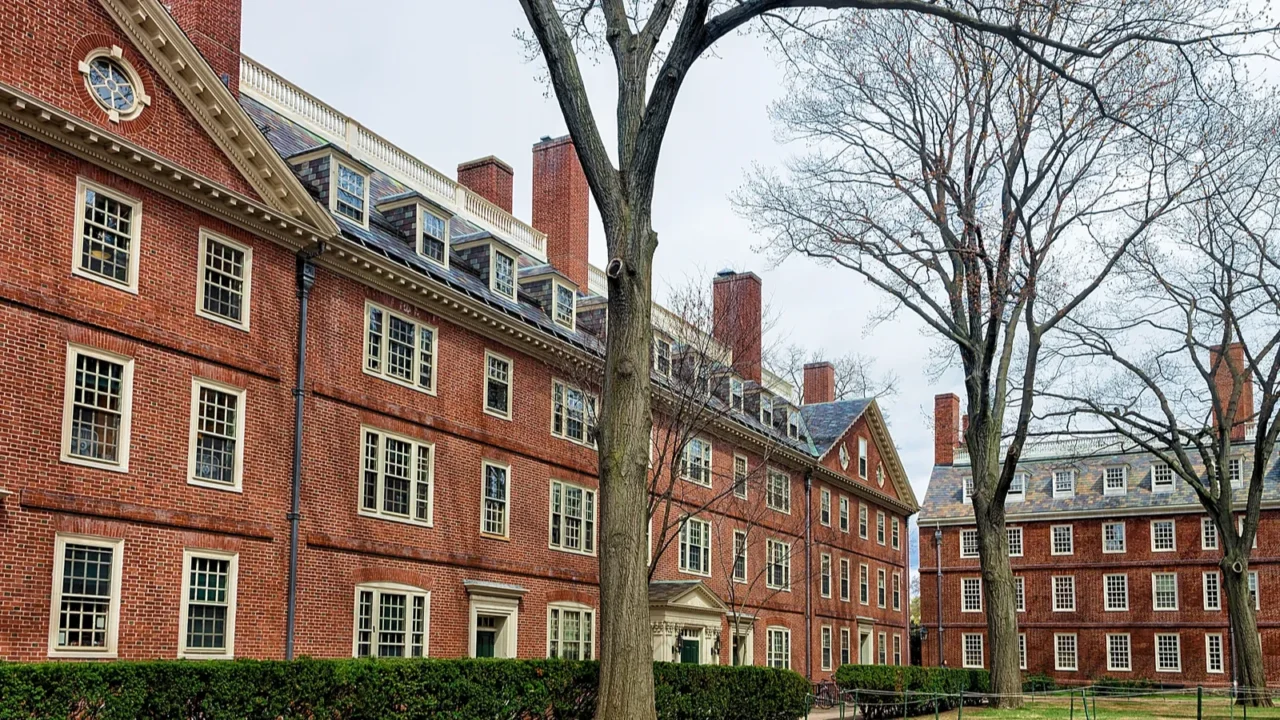
Hidden corners to discover
Beyond the landmarks, quiet treasures wait. Garden courtyards behind iron gates, forgotten murals on weathered walls, hidden chapels, and small bakeries that survived centuries.
Walk slowly, and you’ll hear stories others miss the creak of wooden doors, whispers of old markets, and laughter echoing from shaded porches. These unseen places keep the soul of each neighborhood alive.

Traveling with respect
Exploring historic neighborhoods calls for care. Support local cafés and family-run shops. Book walking tours led by residents who know every corner’s story.
Respect privacy, avoid intrusive photos, and stay on public paths. Listen more than you speak. These neighborhoods are homes, not exhibits; treat them with the same warmth they offer you.
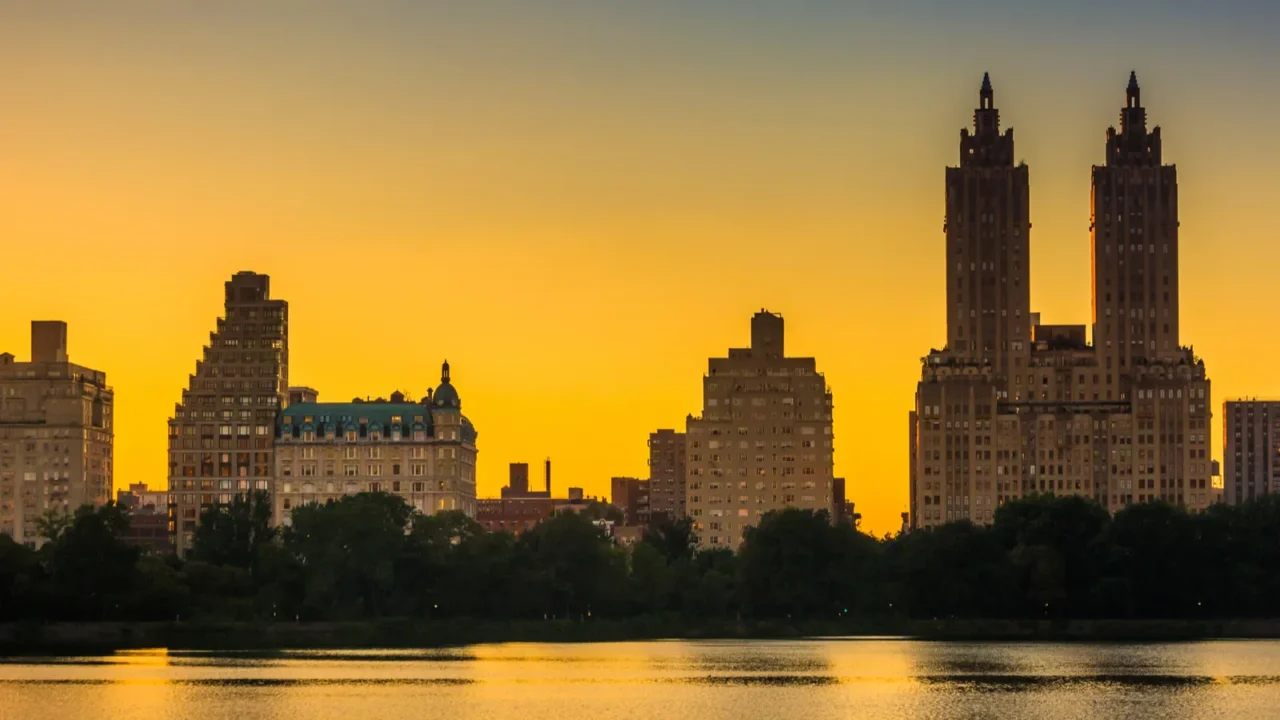
Why memory matters
Historic neighborhoods remind us that progress is layered, not linear. They preserve lessons of courage, migration, injustice, and reinvention. Their survival connects generations, teaching empathy and resilience.
Through cracked walls and uneven streets, we remember that beauty isn’t perfection, it’s endurance. By protecting these places, we protect the narrative of who we are and how far we’ve come.
Where past meets present
Walking through Beacon Hill at dusk or along Aviles Street at dawn, you’ll feel the meeting of eras. Gas lamps flicker beside café lights, and ancient stones hold footprints of both colonists and tourists.
Across America, neighborhoods like these connect with a new trend, such as modern travelers seeking culturally rich, progressive places to live. From recent reports on the best liberal places to live in America in 2025, according to new data that blends activism with heritage, the spirit of community and openness keeps history evolving.
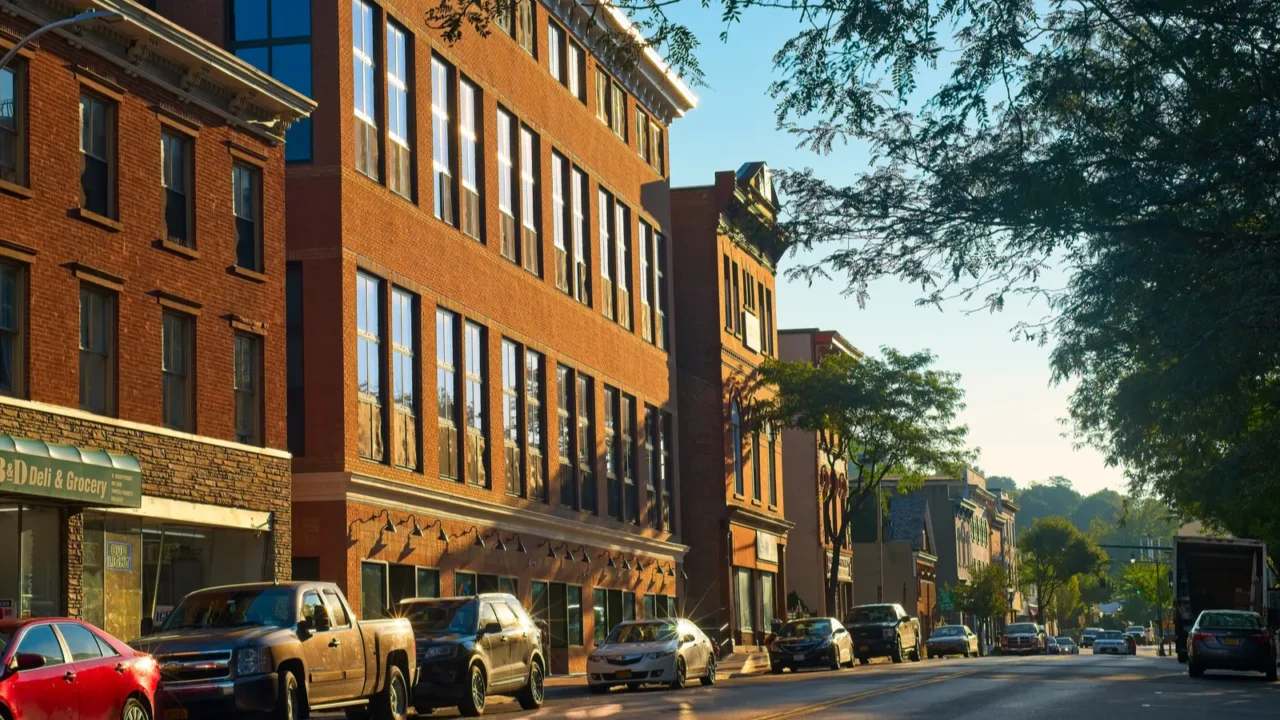
Keeping stories alive
Preserving these neighborhoods is everyone’s duty. Support restoration efforts, volunteer at local museums, and share the stories you discover.
Many towns near America’s borders share this same pulse of memory as bridging cultures, languages, and generations. As 13 border towns that tell hidden stories of America reveal, the nation’s true narrative thrives in diversity. From Philadelphia’s brick alleys to borderland murals, every street carries the promise of unity and belonging.
Which of these historic neighborhoods would you love to walk through and why? Tell us which one you’d visit first!
Read More From This Brand:
- The U.S. border Canadians say to avoid on trips to see a loved one
- Fall in Iowa, small-town festivals and road trip you’ll fall for
- Add these 10 epic European monuments to your bucket list
Don’t forget to follow us for more exclusive content right here on MSN.
This slideshow was made with AI assistance and human editing.